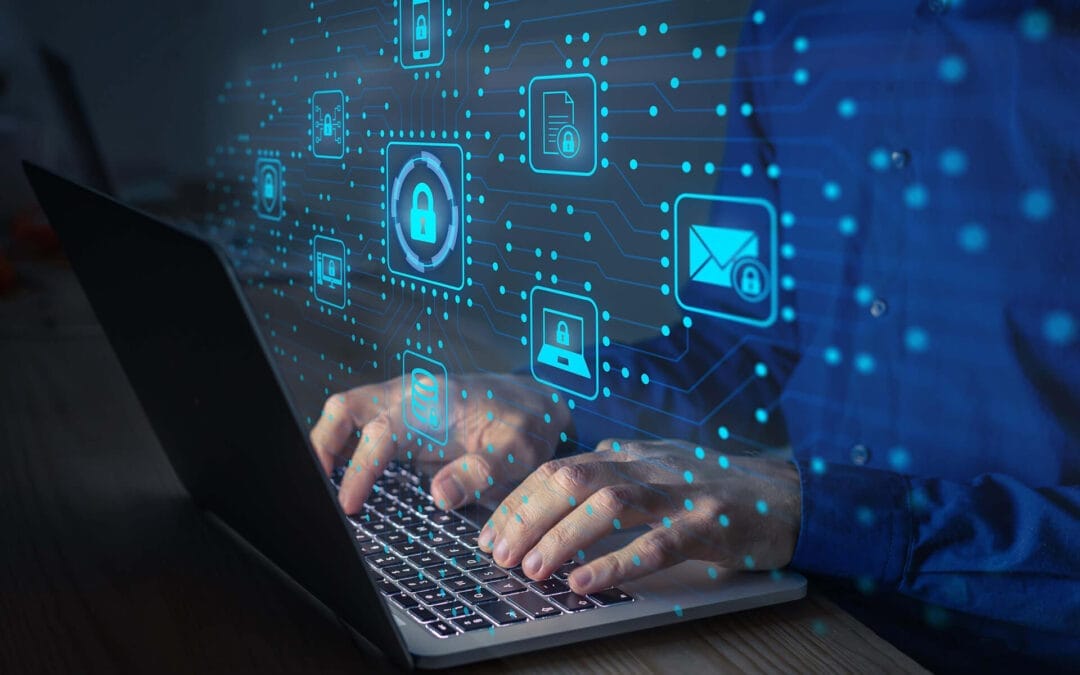In the ever-evolving landscape of cybersecurity, businesses face an array of challenges and threats that demand proactive measures to safeguard their digital assets. As we stride into 2024, the importance of robust cybersecurity tools cannot be overstated. To fortify your defenses and stay ahead of cyber adversaries, let’s explore some indispensable tools that every business should consider integrating into their cybersecurity arsenal.
Security Information and Event Management (SIEM) Solutions
Security Information and Event Management (SIEM) solutions serve as the cornerstone of a comprehensive cybersecurity strategy. These platforms aggregate and analyze data from various sources across your network, including logs, endpoints, and applications, to detect and respond to security incidents in real-time. By correlating events and identifying anomalies, SIEM tools provide invaluable insights into potential threats, allowing businesses to take proactive measures to mitigate risks before they escalate.
Endpoint Detection and Response (EDR) Solutions
In today’s interconnected world, securing endpoints such as laptops, desktops, and mobile devices is critical to preventing cyberattacks. Endpoint Detection and Response (EDR) solutions offer advanced threat detection capabilities, continuously monitoring endpoints for suspicious activities and behaviors. These tools not only detect and contain threats but also provide detailed forensics to understand the root cause of incidents, enabling businesses to bolster their defenses and prevent future breaches.
Vulnerability Management Platforms
With cyber threats evolving at an unprecedented pace, staying ahead of vulnerabilities is paramount. Vulnerability Management Platforms help businesses identify, prioritize, and remediate security vulnerabilities across their IT infrastructure. By conducting regular scans and assessments, these tools provide actionable insights into weaknesses that could be exploited by attackers, allowing organizations to patch vulnerabilities and reduce their attack surface effectively.
Identity and Access Management (IAM) Solutions
In the era of remote work and cloud-based services, managing identities and access privileges is more complex than ever. Identity and Access Management (IAM) solutions help businesses control and secure user access to critical systems and data. These tools enable centralized management of user identities, enforce strong authentication measures, and facilitate granular access controls to ensure that only authorized users have access to sensitive resources.
Next-Generation Firewalls (NGFW)
Traditional firewalls are no longer sufficient to defend against modern cyber threats. Next-Generation Firewalls (NGFW) combine traditional firewall capabilities with advanced security features such as intrusion prevention, application awareness, and threat intelligence integration. By inspecting network traffic at the application layer and applying contextual policies, NGFWs provide enhanced visibility and control over network activity, reducing the risk of unauthorized access and malicious attacks.
Conclusion
As businesses navigate the complex and ever-changing landscape of cybersecurity in 2024, investing in the right tools is crucial to fortifying their defenses and protecting against evolving threats. From SIEM and EDR solutions for threat detection and response to IAM platforms for identity management and NGFWs for network security, each tool plays a vital role in strengthening your business’s cybersecurity posture. By integrating these tools into your cybersecurity arsenal and adopting a proactive approach to threat mitigation, you can mitigate risks, safeguard sensitive data, and preserve the trust and integrity of your business in an increasingly digital world.



